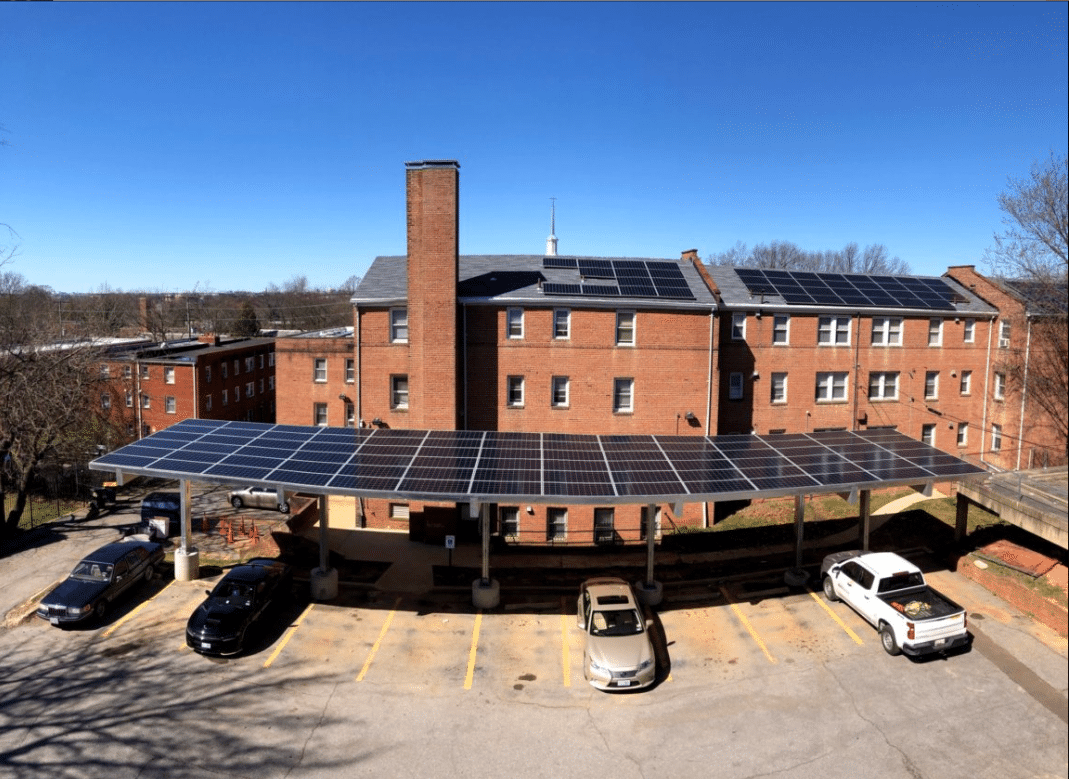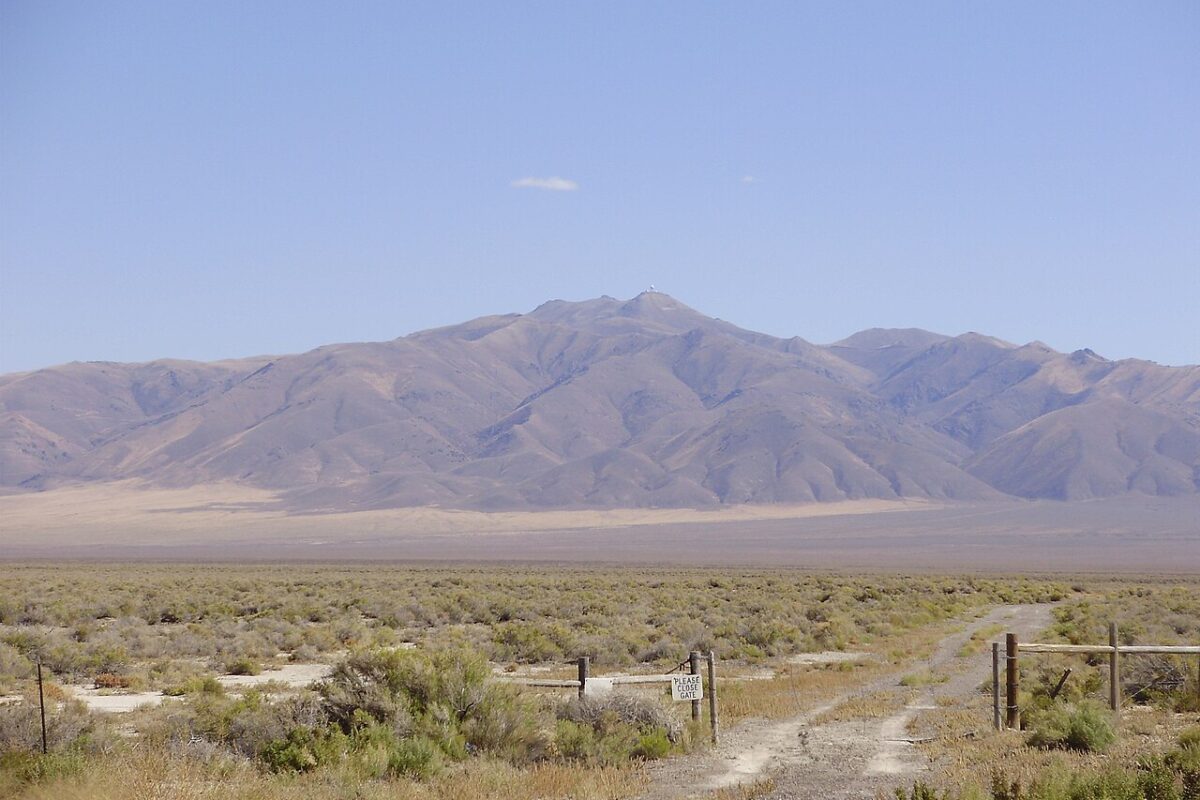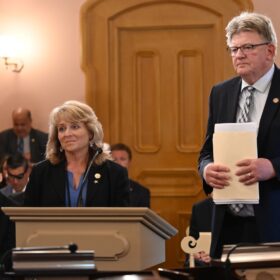Imagine a city-funded solar program aimed at cutting utility bills in half for 100,000 low- and moderate-income (LMI) households, while helping to ensure that 10% of local electricity comes from solar projects located within a small, but densely populated urban area.
Tommy Wells, director of Washington, D.C.’s Department of Energy & Environment (DOEE), has spent the past four years turning this ambitious thought exercise into Solar For All, a portfolio of projects now helping the city reach its 100% renewable energy target by 2032.
“What we did was we put it out to bid,” Wells recalled during a recent webinar on the program, which was launched in 2016. “We said to the solar developers, to the community, whoever wanted to bid on it, ‘This is what you have to achieve; you have to show us how you are going to deploy solar.’ We ended up with nine successful bidders, and they all came up with creative ways to provide the equivalent of half a year’s power bill to residents.”
Among those nine are well-established organizations, such as low-income installer GRIDAlternatives, as well as startups like New Partners Community Solar, a local non-profit organization formed by two lawyers, now putting community solar on commercial office buildings.
As of the end of 2019, the program has installed around 8 MW in the city, halving utility bills for just under 9,000 LMI households. For example, one rooftop installation helped D.C. resident Lena Nchako cut electric bills for the home she has lived in for 18 years from around $450 per month to $100.
Similarly, a collaboration between the National Housing Trust and solar financiers Urban Ingenuity has put solar on 24 affordable housing complexes across the district, with projected savings of $3.25 million over the next 15 years .
“We’re trying to find ways to keep people from being gentrified out of their neighborhoods by increasing the affordability of their homes and households,” Wells said in a separate interview.
The program also includes a job training initiative, run by GRIDAlternatives, targeted at preparing the city’s low-income youth for careers in solar. Such social equity goals, while not primary program drivers, are an essential part of Solar For All, Wells said, as are a focus on innovation and sharing lessons learned on what does and doesn’t work.
One community solar project, providing power to 47 households, is a vertical installation on the south-facing wall of a downtown office building. At the other end of the spectrum, an initiative to create neighborhood solar co-ops — to lower panel and installation costs by buying collectively — has not signed up as many residents as originally projected.
Doing solar in D.C.
Even without the Trump administration’s ongoing efforts to prop up the fossil fuel industry, doing solar in the nation’s capital can be complicated. With a population of more than 720,000 living in the city’s 68 square miles, space for in-fill or ground-mount projects is at a premium.
Much of the housing stock, particularly in D.C.’s low-income and largely African American neighborhoods, is old, inefficient and often in need of new wiring or roof repairs before solar can be installed. Solar For All pays for such upgrades, but does not coordinate more extensive energy efficiency improvements that may be available from other city programs.
Working with the city’s low-income residents and communities, often unfamiliar with solar, also requires extensive public outreach, education and relationship-building. And as across the solar industry, Covid-19 has slowed, but not stopped, work on projects under construction.
The program’s financing is equally complex. D.C. has an unregulated retail power market, but requires utilities and electricity retailers to provide a certain percentage of their power — currently 2.18% — from solar located in the city. Those that can’t must pay hefty “alternative compliance” fees, which provide a fluctuating amount of millions each year for Solar For All.
Measuring outcomes is another challenge. For some affordable housing complexes, savings from solar are being channeled into community benefits, such as improved security systems or expanded childcare facilities. Calculating their value must go beyond the bottom-line cost of solar per kilowatt, Wells said.
“There’s a lot more to it, in order for low-income residents to be able to benefit,” he said. “The cost per kilowatt for an installation is higher because it’s more than just the solar panels.”
Washington, D.C. is a city with a long history of tense relations between its upper middle class neighborhoods and young professionals — mostly white — and its LMI communities, mostly African American. In the context of current, worldwide protests over the death of George Floyd, Solar For All may not seem a particularly impactful or relevant response. But in its efforts to innovate and to firmly address the recognized inequities in the solar industry, it is at least a step in the right direction.
DC Solar Stories, an eight-part series of short videos on Solar For All, can be found on the DOEE YouTube channel.
This content is protected by copyright and may not be reused. If you want to cooperate with us and would like to reuse some of our content, please contact: editors@pv-magazine.com.








“Much of the housing stock, particularly in D.C.’s low-income and largely African American neighborhoods, is old, inefficient and often in need of new wiring or roof repairs before solar can be installed. Solar For All pays for such upgrades, but does not coordinate more extensive energy efficiency improvements that may be available from other city programs.”
Population density will always be a problem in the East coast States. I have actually witnessed this, a utility, say domestic water company will go into a neighborhood and buy a foreclosed house. They hire a contractor to “reconfigure the house” into an open space. Within this space a domestic well could be drilled and or domestic booster pumps can be installed to service the area with better water quality and quantity. Why can’t an electric utility do the same with a relatively large ESS, two, three, four cargo container sized ESS units feeding the community with arbitraged energy saved from late at night to early morning hours. Allows the utility to “dump” over generation from their fueled assets instead of wasting fuel to keep them in “spinning demand” mode of operation for 16 hours a day. Just sayin’